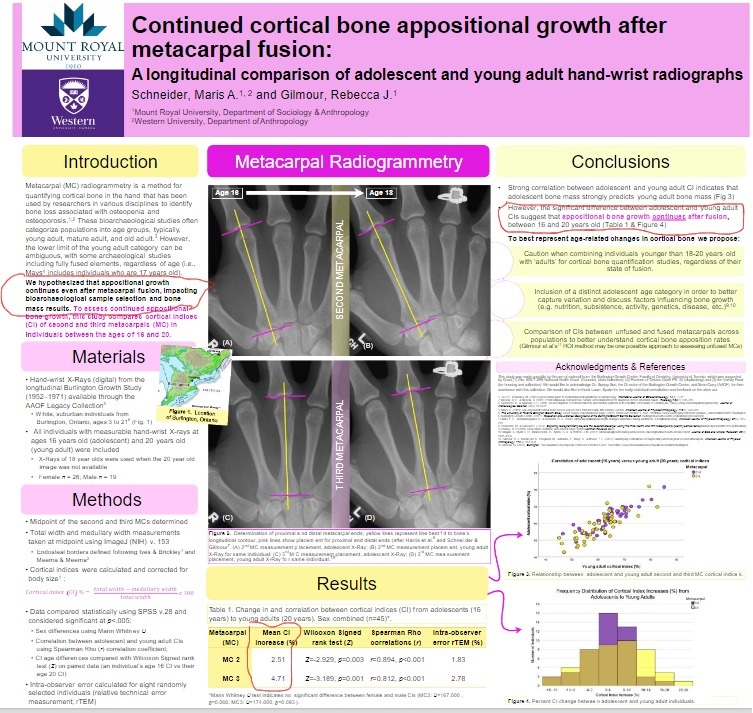I emailed Susan Pfeiffer regarding her paper “Age Changes in the External Dimensions of Adult Bone” which showed bioarcheological data that stated that persistent physical activity could stimulate bone growth in length. This paper showed archeological evidence that limb assymetry continued to widen post puberty. The issue with that paper is that it is not a longitudinal study(not on the same subjects over time) so there could be methodological issues. The paper is quite old so I sent her an email about it and she replied ” It looks to me that my paper joins a number of others. Its core conclusions appear to remain valid.”
I asked her to expand on the papers that provided evidence to contribute to the theory that lengthening post epiphyseal fusion is possible and this is one of the ones she suggested. Unfortunately, she stated that her research did continue to go down the direction. I of course was not satisfied with this but I’m lucky I got a response at all. Her is the paper she mentioned: Now it does not show proof of longitudinal growth but it show evidence that appositional growth increase is possible post maturity.

IF you look at figure 3 you can see that in some individuals cortical bone continued to increase for the 3rd metacarpal between the ages 20 and 25.
Cortical index is a radiogrammetric parameter that assesses cortical bone stock using a bone X-ray. It is calculated using the ratio between the thickness of the cortical bone and the diameter of the bone shaft.
The exciting statement of course is that appositional continues post fusion at least but not necessarily limited to the ages of 20 and 25.
It looks though if anything and in measuring on gimp that the second metacarpal is longer in the second photo in figure 3. The third metacarpal is too close to call. This is despite the increase in appositional growth being more in the third metacarpal. It is extremely difficult to do an accurate measurement via gimp.
